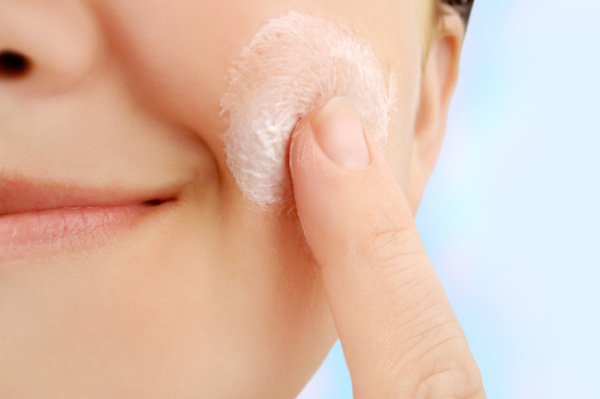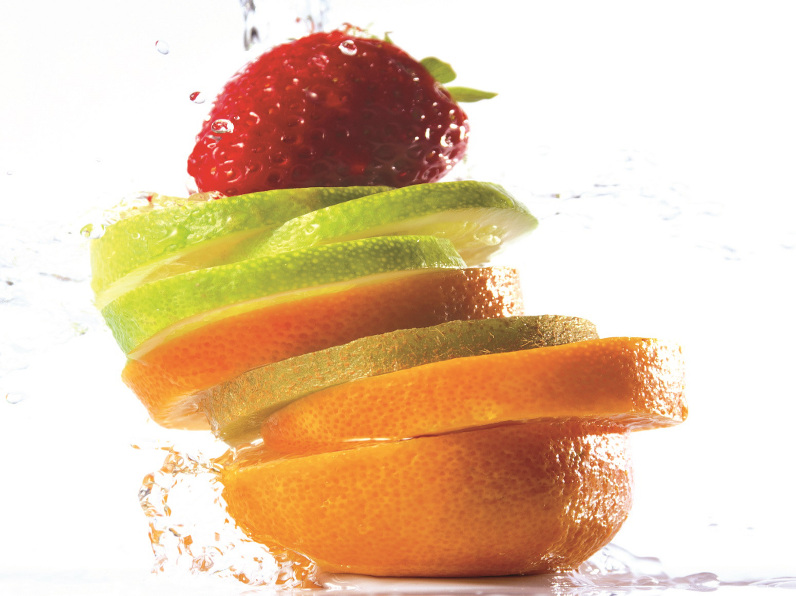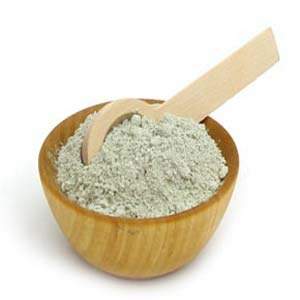Acne can be caused and aggravated by many causes, from puberty and menstrual cycles to genetic predisposition and stress. As acne-causing factors are numerous, so are the treatments. There are thousands of lotions, creams, gels, masks…etc. Available on the market, all promise to eliminate acne and give us shiny, smooth skin.
No wonder treatment is guaranteed to remove any trace of acne. Still, several active substances are known to work and provide significant improvements for acne-affected skin.
Several commonly used substances have various purposes, all needed in treatments against acne. When you look for anti-acne products, check out the ingredients listed below. High-quality products list the concentration of active substances not just for safety but also for effectiveness. Also, make sure that natural plant-based extracts are from organic sources.
The best substances for acne treatments

Salicylic acid
Properties: Exfoliant, cleaning and reducing pores, reducing acne inflammation, reducing acne spots and scars.
Salicylic acid has exfoliant, antibacterial, antimicrobial, and anti-inflammatory properties, a truly powerful substance that fights acne on multiple planes. It gently exfoliates dead skin cells, promoting skin regeneration while fighting the bacteria that is responsible for causing acne. Salicylic acid also cleans the pores and reduces their size, preventing them from clogging up again.
Although intoxication with salicylic acid is possible (known as salicylate toxicity), it only occurs when the substance is used in high concentrations on large skin areas for prolonged periods. This is highly unlikely for over-the-counter products, since they have low to moderate concentrations of salicylic acid and are well tolerated by the skin.

AHA fruit acids
Properties: exfoliation, cleaning pores, reducing sun/age/acne spots, reducing wrinkles, improve skin elasticity, promote skin hydration
Alpha hydroxy acids are mainly derived from fruit sugars and the most commonly used ones include lactic acid, glycolic acid, malic acid, citric acid and tartaric acid.
AHAs act as chemical exfoliants and penetrate the skin well, cleansing the pores. They remove dead skin cells, encourage skin renewal, reduce wrinkles and aging, sun and acne spots, stimulate collagen production, and promote skin hydration.

Green clay
Properties: cleansing the skin, eliminating impurities and excess oils, regulating skin sebum production.
There are many types of cosmetic clay, but the green one is highly absorbent, thus very effective for removing impurities trapped inside pores. Also, it can be applied on minor skin lesions (including acne) to promote faster healing. Be aware that green clay can be too strong for dry/combination skin types, but it’s the best choice for oily and acne-prone skin.
To use it as an acne treatment, it is best to prepare a simple clay face mask from green clay and water. Apply it on the skin and leave on for 20-30 minutes or until it dries. If you don’t want to prepare it yourself, there are lots of clay-based cosmetic products and all you have to do is find one suitable to your skin type (here is information about the different types of clay that are easy to find).

Rosemary
Properties: antibacterial, anti-inflammatory, astringent (shrinks pores), tones and revitalizes the skin
This woody herb known as Rosmarinus Officinalis is a natural astringent that purifies the skin without drying it, reduces inflammation, helps skin blemishes heal faster and is a powerful, natural disinfectant. Commonly used for skin treatments are Rosemary water and essential oil.
The herbal water can be used undiluted on the skin or you can find it included in facial moisturizers, cleansers, masks…etc. Rosemary essential oil is a concentrated product that is not recommended to be applied on the skin undiluted. Usually, it is included in cosmetic products in small concentrations (up to 2%).

Aloe Vera
Properties: anti-inflammatory, moisturizing, soothing, healing of skin blemishes and minor injuries, supports skin regeneration, reduces and prevents pigmentation spots.
Cleaning the acne-affected skin is very important, as is the healing process. Aloe Vera has been used to improve the skin’s appearance for a long time. Rich in vitamins (A, B, C), minerals, enzymes, and other compounds, Aloe Vera also has a mild-antibacterial effect to fight acne effectively while supporting faster healing of affected areas.
It is such a valuable ally for skin healing that it’s also used to treat chronic skin conditions such as eczema and psoriasis. Since Aloe Vera juice and gel are very popular substances, you won’t have difficulty finding many Aloe Vera-based cosmetic products.
